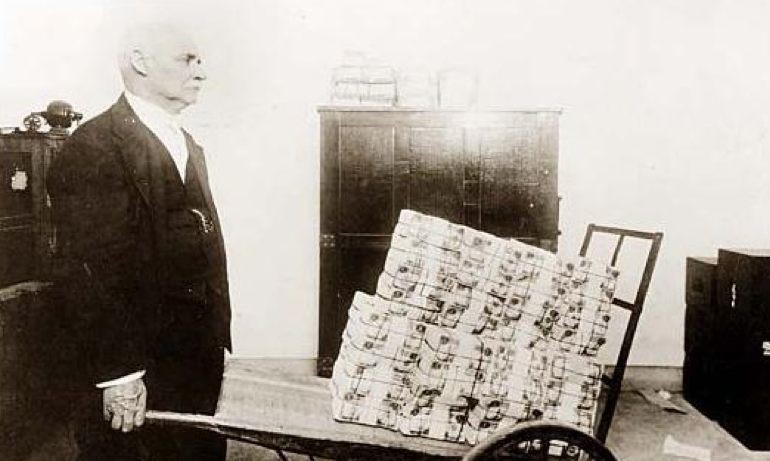Life has always been, in some sense, a tale of two cities, those who have and those who have not–or at least much less. Even granting that, however, we’re living in a wildly unequal world. In a Factor-Tech piece, Lucy Ingham analyzes the conditions that have made it possible for the 1% to own most of the assets. She traces concentrated wealth in the U.S. back to the Ronald Reagan economic policies (tax cuts for the rich, deregulation, etc.) and a less sexy salvo, a change in law allowing companies to buy back large amounts of their own stock. The writer thinks financialization, more than automation, is the problem, and the result of a growing underclass has been a rising police state. An excerpt:
Inequality has always existed, and there is an argument to say it’s an inherent part of human society. However, the level of inequality is now far beyond what we perceive it to be, and that’s a big problem.
“The American consciousness about inequality is frozen in a previous era,” says [Les] Leopold, citing the US results of an international poll about the perceived gap between entry level workers’ and CEOs’ pay as an example.
In the poll, people from all walks of life and political affiliation were asked to state what they thought the average gap was between the lowest and highest earners at a typical company.
“By and large, no matter what their age or background or political affiliation was, it sort of came out to about 40:1 – for every one dollar to the entry-level worker, 40 to the CEO,” says Leopold. “That’s kind of what it was in 1970.”
The reality, according to The Labor Institute’s data about the top 100 CEOs, is 829:1, making the inequality gap around 20 times larger that people perceived it to be. In 2016 the Institute believes it will be worse still, projecting 859:1.
Yet when asked in the poll what the ratio should be, participants consistently said it should be even lower that the imagined rate of 40:1.
“Strong Republicans in this survey think it ought to be 12:1, strong Democrats say 5:1, the average is about 8:1,” adds Leopold.
So how have we not noticed that the reality is so very far from our perceptions?•
Tags: Les Leopold, Lucy Ingham

